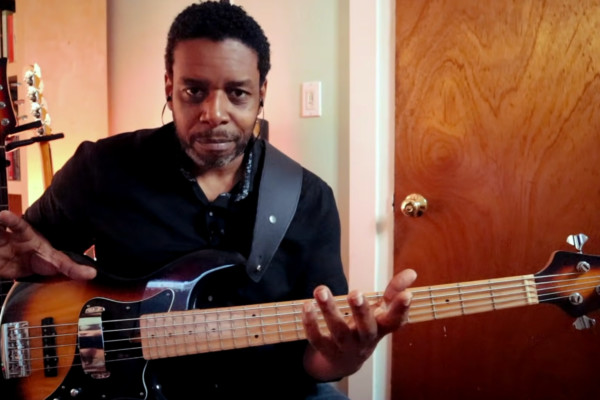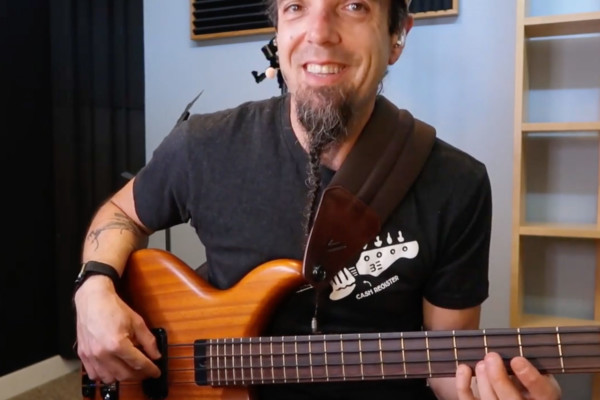Ask Damian Erskine: Practicing in every key?
Q: I seem to see two camps out there. “Learn/understand everything in all 12 keys” and “the symmetry of the neck can not be denied, so embrace the patterns and do not worry about learning it in all 12 keys”. Although I am not against a strong theory base or patterns, is there a middle road or another way of approaching it, or should one be the dominant path?
A: As a general rule, I’d say to neglect nothing! But, as you said, the symmetry of the neck on a bass guitar (or any instrument tuned in set intervals) is a beautiful thing and is supremely helpful. It is not nearly as necessary to practice something in every key on bass as it is on, say piano. However, if you only “sorta” know your neck and you only play in E, you will definitely get tripped up if a singer asks to play the tune in Ab for example. Practicing something in every key is a great way to re-affirm or learn your knowledge and understanding of the fret-board.
My advice would be to practice things in different keys AND in different spots on the neck AND in different positions (i.e.: if you usually start with your index on the root, shift positions so your pinky is now on the root and try and play the same thing with a different fingering). This becomes less necessary as you begin to truly master the fret-board, but is very, very helpful in getting you to that point!
Have a question for Damian Erskine? Send it to [email protected]. Check out Damian’s instructional books, Right Hand Drive and The Improviser’s Path.




Yep. I teach a modified CAGED system – 5 major scale shapes that are easily transposable to other keys. But you have to practice them in other keys and actually improvise in those keys. Not only that, most jazz tunes change keys frequently so you have to work on changing keys on the fly and creating lines that work over the changes.
Yep. I teach a modified CAGED system – 5 major scale shapes that are easily transposable to other keys. But you have to practice them in other keys and actually improvise in those keys. Not only that, most jazz tunes change keys frequently so you have to work on changing keys on the fly and creating lines that work over the changes.